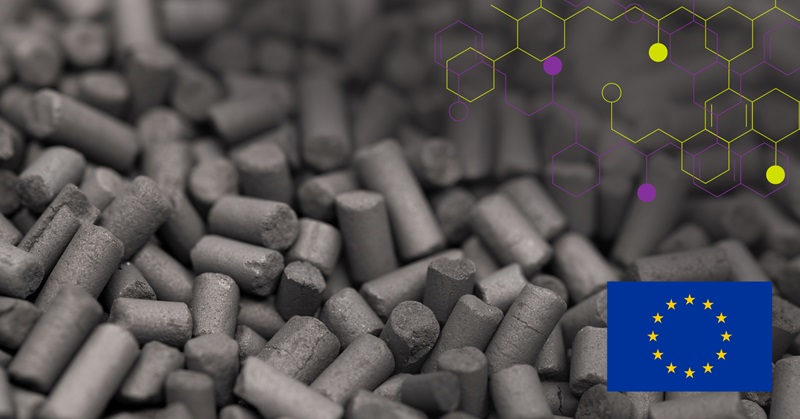Efficiency and savings through new product innovations
The path from a fiber to a finished textile involves numerous phases, all of which generate expenses in terms of the time, raw materials, treatment chemicals, water and energy consumed. Textile treatment and dyeing specialist Archroma has introduced a sustainability service called ONEWAY, which helps textile industry operators not only calculate the environmental impact of the products they use in their production processes, but also to indirectly see the cost effect of all the different processes and products.
Archroma is continuously working to find and develop new solutions that are both ecologically and economically more sustainable. The company’s ultimate aim is to provide a fast, measurable and reliable approach to the selection of chemical products and process solutions.
New innovative products improve cotton pretreatment processes
One of Archroma’s recent innovations is an exhaust pretreatment process for cotton bleaching called Blue Magic. The new process can be applied to yarn packages, towels and knitwear. Compared to traditional cotton exhaust pretreatment processes, no rinsing or neutralising is needed due to a reduced need for caustic soda in the activation process. The yarn or textile can be directly taken to dyeing after bleaching. The shorter process translates into savings in terms of time, energy and water consumption. In addition, the fibers are stronger after the process, which means better durability and enables the use of weaker yarns when high durability is not demanded.
Research has shown that Archroma’s Blue Magic process can achieve savings of up to 50% in water consumption, 35% in time, 28% in energy and 29% in CO2 emissions.
For the continuous cotton/blends pretreatment process, Archroma has also introduced a bioscouring process using pectinase followed by fast bleaching. The new bioscouring process features advanced polymer technology that 1) minimises the appearance of listing and whiteness differences due to improved liquor retention, 2) reduces significantly the occurrence of lay and crease marks during steaming using a conveyor belt or roller bed, and 3) enhances the performance of pectinases (bioscouring), improving the whiteness and absorbency level after scouring and bleaching.
From an environmental perspective, the new bioscouring process with pectinase requires 50% less caustic soda compared to conventional processes, which decreases the salt content of the wastewater. Archroma calculates that the new bioscouring process reduces water consumption by 38%, energy consumption by 23% and CO2 emissions by 23% compared to conventional bioscouring.
Fast bleaching after bioscouring is suitable for knitwear, home textiles, denim and sportswear. It can be used both in pad batch and pad steam processes, and it decreases the batch time from 20 hours to 8-12 hours and steaming time from 20 to 3 minutes while achieving the same level of bleaching.
Fast bleaching enables reduced temperatures during bleaching, shortens the bleaching time and allows the dosage of H2O2 / NaOH to be reduced according to the preferences and needs of the manufacturer. At the same time, it minimises the danger of catalytic damage, improves the degree of whiteness, enables bleaching processes in a neutral/weak acid pH, and allows the processing of sensitive articles.
Did we manage to arouse your interest? We would be very pleased to tell you more. Maybe you're using linen or other materials rather than cotton. We have solutions for those as well. You can read more via the link below or send us a contact request and we'll be in touch with you.


